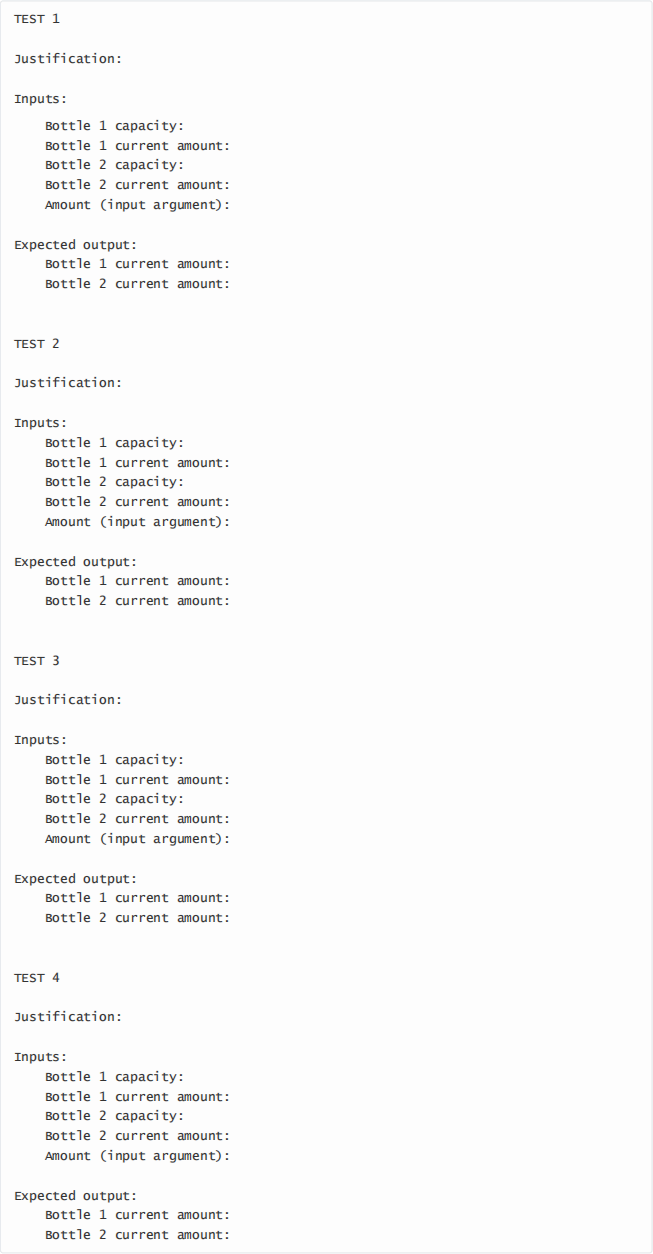关键词 > Python代写
Part 2: Write Small Functions / Programs
发布时间:2021-05-26
Part 2: Write Small Functions / Programs
Instructions
Complete the following questions.
INFO1110 students: A scaffold for this section will be provided for you during the final exam. During the final exam, make sure you download the scaffold and code on the designated Python file, then upload the zipped folder to the designated link.
COMP9001 students: You will be coding this section on Canvas's textboxes. Copy and paste functionality will be turned off, so it's easier to just code in the textboxes.
[P2 Q1] Find all duplicates in a list
Write a function find_duplicates() that takes in a list of integers from 11 to n, where n is the length of the list. The function returns the first value that is repeated in the list.
If the parameter is not a list or the elements in the list are outside the range, return -1 . If no elements are repeated, then return 0 .

RESTRICTIONS
Only allowed: variables, if statements, while loops. Functions: len() , int() , float() , type() , isinstance() . String methods: format() . List operators and methods: create [ ] , list() , append() . Keywords: elif , else , return , break , continue , def , self , None , try , raise , except , finally , is , import sys . Any exception handling.
Remember: Do NOT use for loops or the in keyword. Do NOT use min() / max() , enumerate() / zip() or sorted() . Do NOT use negative indexing (e.g. ls[-1] ) or slicing (e.g. [1:] ). Do NOT use other list operations and methods. Marks will be deducted.
[P2 Q2] No Repeats!
Write a program which continuously asks for user input until the a repeated value is given. The program should then print out Input number <number> is not unique! and terminate.

RESTRICTIONS
Only allowed: variables, if statements, while loops. Functions: len() , int() , float() , type() , isinstance() , input() , print() . String methods: format() . List operators and methods: create [ ] , list() , append() . Keywords: elif , else , return , break , continue , def , None , try , raise , except , finally , is , import sys . Any exception handling.
Remember: Do NOT use for loops or the in keyword. Do NOT use min() / max() , enumerate() / zip() or sorted() . Do NOT use negative indexing (e.g. ls[-1] ) or slicing (e.g. [1:] ). Do NOT use other list operations and methods. Marks will be deducted.
[P2 Q3] Adding up letters
Write a function word_sum() that takes in a string and returns the sum according to the following rules:
● Each letter in the alphabet is given a number corresponding to their position in the alphabet, i.e. 'a' has value 1 , 'b' has value 2 , 'c' has value 3 , ... 'z' has value 26 . Letters should be case insensitive.
● Numeric digits have the same value as their true numeric counterparts, i.e. '1' has value 1 , '2' has value 2 , etc.
● Characters which are not a letter in the alphabet and not a digit have a value of 0 .
The sum to be returned should be an integer equal to sum of all the corresponding values of the characters. If the input is not of the correct type, raise a TypeError with the message Input must be a string.

RESTRICTIONS
Only allowed: variables, if statements, while loops. Functions: len() , int() , float() , type() , isinstance() . String methods: format() . List operators and methods: create [ ] , list() , append() . Keywords: elif , else , return , break , continue , def , self , None , try , raise , except , finally , is , import sys . Any exception handling.
Remember: Do NOT use for loops or the in keyword. Do NOT use other string or list operations and methods. This includes, but is not limited to isalpha() , isnumeric() , isalnum() and isdigit() . Do NOT use min() / max() , enumerate() / zip() or sorted() . Do NOT use negative indexing (e.g. ls[-1] ) or slicing (e.g. [1:] ). Marks will be deducted.
[P2 Q4] Longest consecutive sequence
A consecutive sequence is one where the next number is 1 more than the previous one (e.g. 3, 4, 5, 6, etc.). Write a function longest_consecutive_sequence() that takes as input a list of integers and returns the starting index of the first longest consecutive sequence.
If the list value is not an integer, ignore it. If no consecutive sequence of two or greater exists or if the given input is not a list, return -1 .

RESTRICTIONS
Only allowed: variables, if statements, while loops. Functions: len() , int() , float() , type() , isinstance() . String methods: format() . List operators and methods: create [ ] , list() , append() . Keywords: elif , else , return , break , continue , def , self , None , try , raise , except , finally , is , import sys . Any exception handling.
Remember: Do NOT use for loops or the in keyword. Do NOT use min() / max() , enumerate() / zip() or sorted() . Do NOT use negative indexing (e.g. ls[-1] ) or slicing (e.g. [1:] ). Do NOT use other list operations and methods. Marks will be deducted.
[P2 Q5] Testing Pour
Write four good unit tests for the pour_into() method from the Filling in Bottles question, without repeating the same style of test case. Give the inputs and expected outputs by filling in the corresponding fields in the text file template. Also, give your reasoning for each test case in the justification section.
SCAFFOLD


